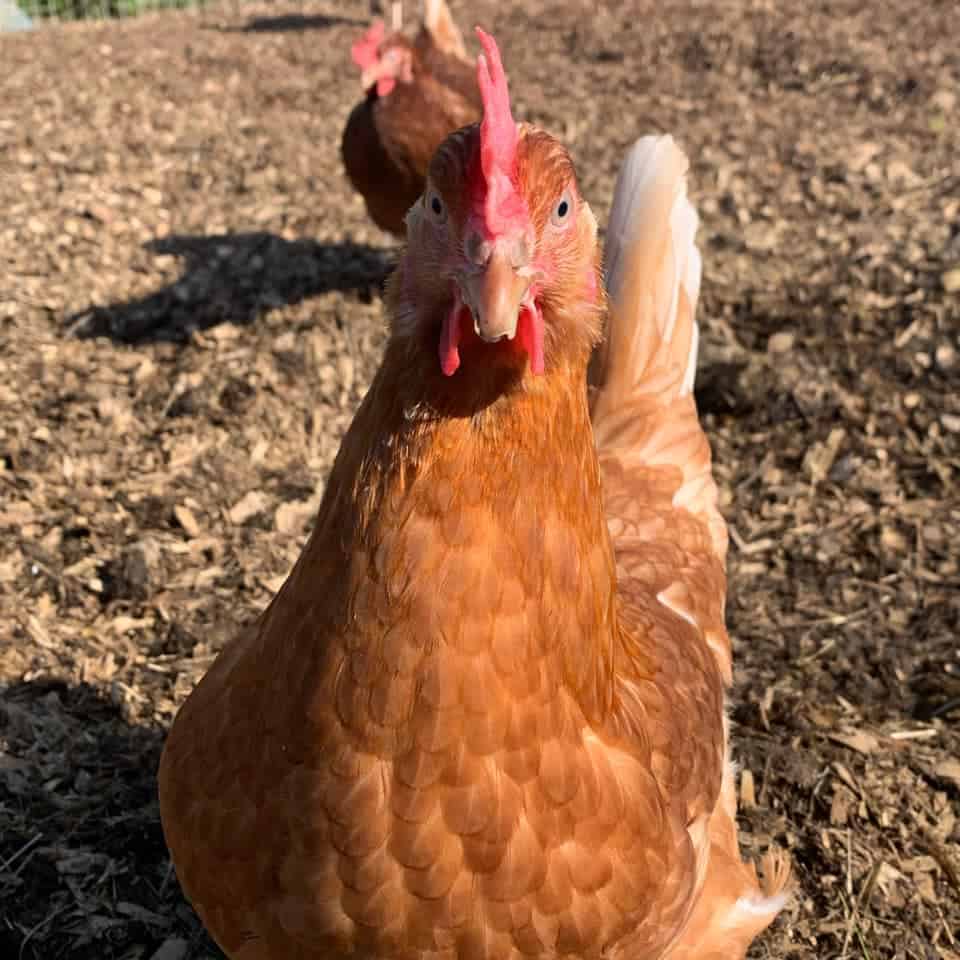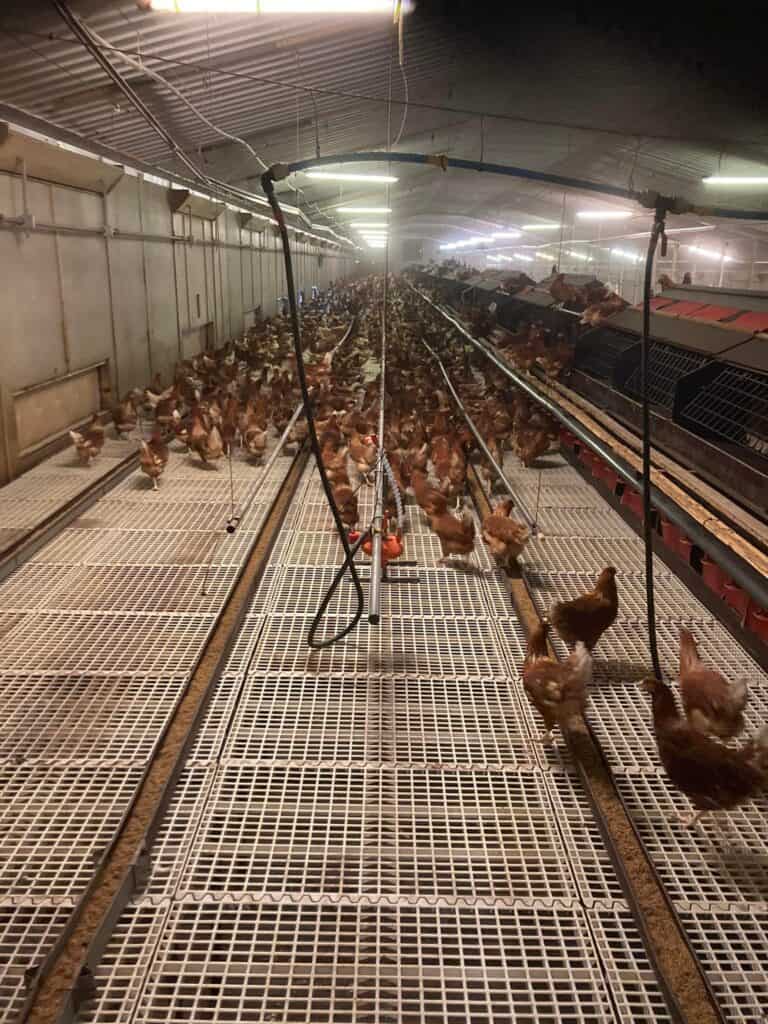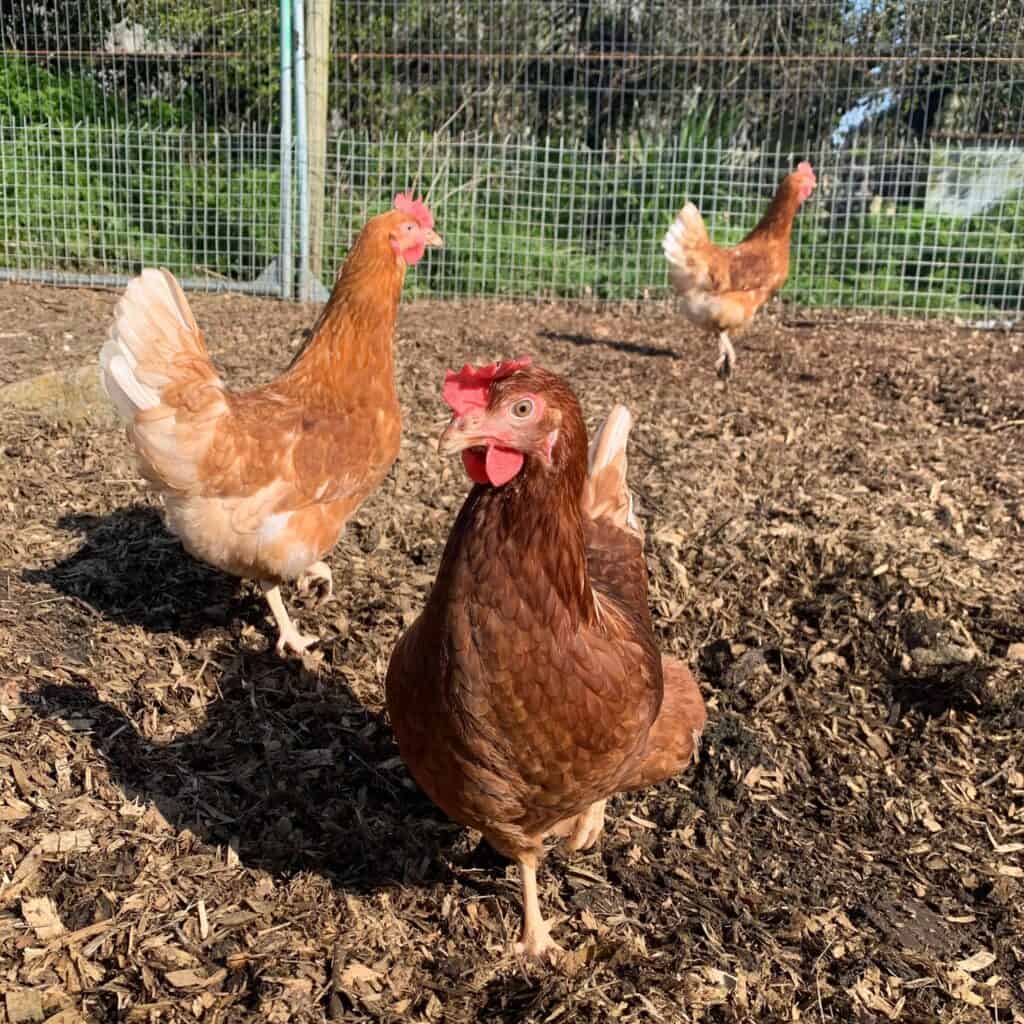This month Rachael Rowe visited the Rich family at their new farm shop and cafe at Round Chimneys, their historic farm at Glanville Wootton

“A lot of people find us when they are lost,” says 27-year-old Alec Rich as he talks about the shop at Round Chimneys Farm. The farm, dating from 1590, has been home to a highwayman and the Churchill family and is tucked away in the Blackmore Vale countryside, just outside Glanvilles Wootton. The Rich family has farmed here since the 1960s, and a new farm shop and cafe have recently opened.
How did you start?
“The cafe and shop are new. We started just eight weeks ago! The way farming is going, we are always looking at ways of diversifying. We started with holiday lets 20 years ago.
Then just before lockdown, we began selling our beef privately. Before that, it had simply gone straight to market. We got such good feedback from people saying they were the ‘best steaks they had ever had’, that we just started selling to the customer directly. It’s great to have a place where people can buy from us. We also wanted a reason for people to come here, so we started the cafe too.
“My grandfather bought the farm in the 1960s, and it was originally a dairy farm. I grew up here. I went away to work and came back ten months ago, so I have brought back my experience to make a living here. It’s nice to be able to engage with the local community a bit more. We’re not in the village centre and people don’t know their neighbours like they used to. We also love meeting people who you wouldn’t normally meet. It’s a great stop for walkers too.”
How many are in the team?
Alec and his mother, Rachel, run the business and have a thriving holiday lets enterprise. They are helped by their other team member, Connie. The holiday lets allow them to show guests the farm and how farming works. “We love sharing our slice of Dorset with others,” says Alec.
What’s flying out of the door at the moment?
Alec laughs. “The coffee and cake. The brownies! All our cakes are homemade. Our coffee is roasted in Sherborne by Reads. Nine out of ten people will have a coffee here. Our meat is popular – especially burgers at this time of year. People often take them to try – and then return for more. Our pasties are made using our own beef.
“We also like promoting the lesser-known cuts such as brisket. If you cook a brisket just right, you can’t beat it. People often ask for our advice on cooking. Guests in the holiday lets buy the cheeses, especially local ones. We stock as much Dorset produce as possible.”
Tell us about local suppliers.
We use Woodbridge Farm for supplies of Dorset Blue Vinny, and our bread comes from Oxfords in Alweston.
And your Angus herd?
(Two gorgeous twin calves born a week ago were grazing in a nearby field.)
“The farm was originally dairy, and in 2007 we changed to beef. We have 100 suckler cows and calve twice a year. The herd is mainly Aberdeen Angus, but we have some British Blue. All our bulls are Angus. We also have 100 sheep and lamb early in December.”
Tell us your biggest challenge?
“At the moment, getting to grips with managing the cafe and shop – but I’m loving it. We’re working to bring more people in, with advertising. Most people come off the back of someone telling them about it. We’re also juggling farm jobs with running the shop and cafe. Each day is a challenge, but that’s something we relish.”

Image: Rachael Rowe
What are you most proud of?
“I think the feedback we have had. They say the proof is in the pudding, and people keep coming back for more. That’s something we have seen in the past eight weeks.”
What’s next for the business?
We will continue to promote our meat and its quality. We’ll encourage people to try it and see where their food comes from. Our food mileage is minimal. We’re looking at introducing meat boxes as well. All our meat is sold frozen, so it stays as fresh as possible and cuts down on waste. And we can use all parts of the animal, either in the cafe or selling it.”
Round Chimneys Farm, Glanvilles Wootton, Sherborne, DT9 5QQ
roundchimneysfarm.co.uk
Cafe and shop open Thursday to Sunday, 10am to 4pm.






















